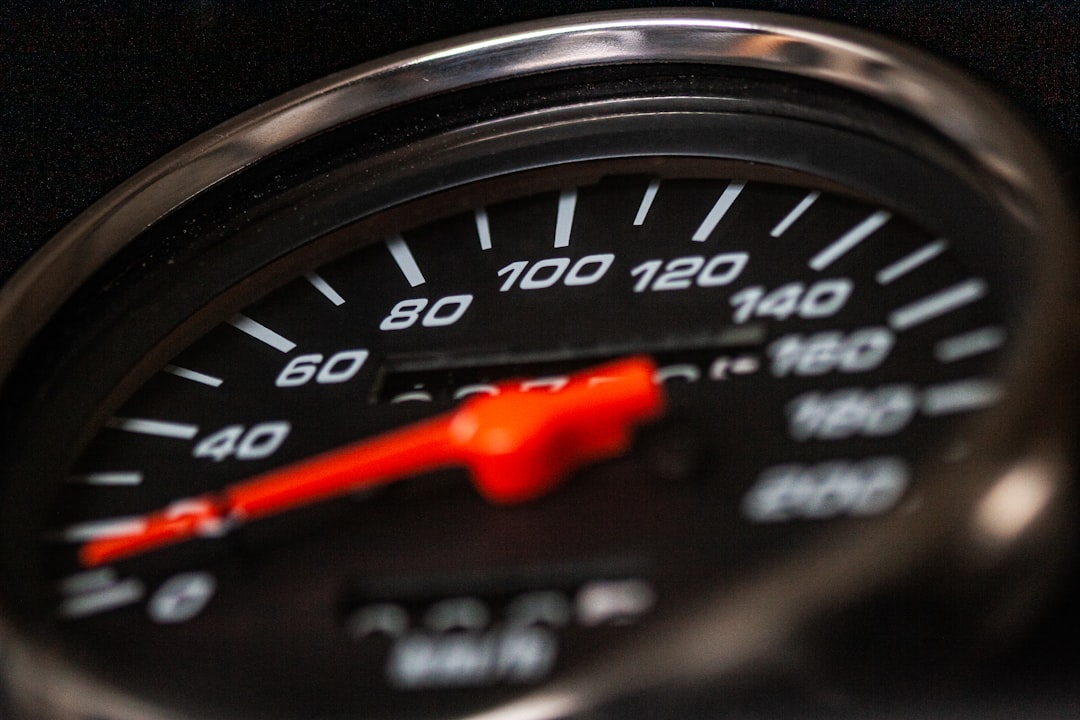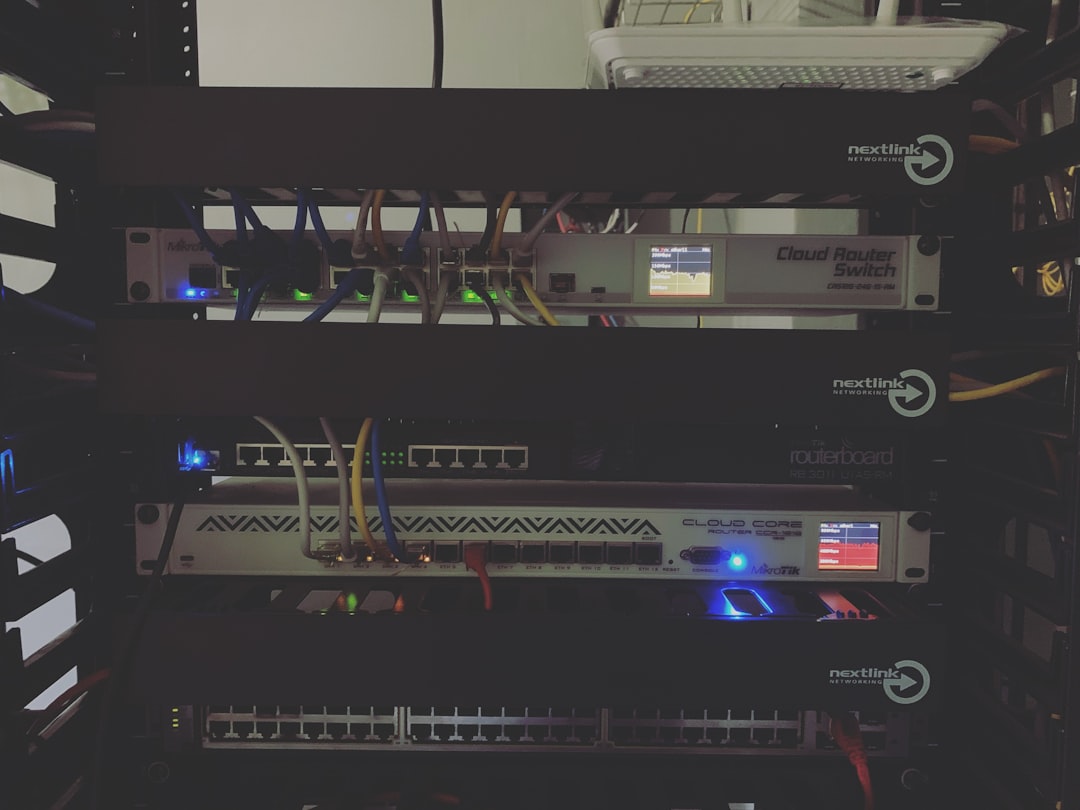In the rapidly evolving world of eCommerce, speed is everything. For Shopify and headless commerce websites, site speed isn’t just a technical metric—it’s a major influence on conversion rates, search engine rankings, and the overall customer experience. Whether you’re running a storefront completely on Shopify or a hybrid headless architecture with a custom front-end and Shopify as a backend, optimizing performance should be a top priority.
Why Site Speed Matters in eCommerce
Studies have shown that even a one-second delay in page load time can lead to a significant drop in conversions. For high-traffic eCommerce stores, this translates to tens of thousands in lost revenue. Furthermore, Google uses site speed as a ranking factor, so a slow website can hurt your SEO and visibility in search results.
- Better User Experience: Faster websites lead to satisfied customers who are more likely to make purchases.
- Higher Conversion Rates: Reduced load times directly impact conversion rates, especially during checkout.
- Improved SEO: Google prioritizes websites that provide great user experiences, including fast load speeds.
The message is clear: if your website is slow, you’re leaving money on the table.
Understanding Shopify and Headless Commerce
In traditional Shopify setups, the storefront and backend are tightly coupled. However, with the growing trend of headless commerce, developers decouple the front-end experience from the backend platform.
This approach offers more flexibility and performance benefits—if executed correctly. A headless setup often utilizes frameworks like Next.js, Nuxt.js, Hydrogen (Shopify’s own React-based framework), or Gatsby, which allow developers to customize every element of the shopping experience.
Yet, this flexibility comes with its own challenges. Without Shopify’s built-in optimizations, the responsibility for performance tuning falls on the development team.
Benchmarking and Measuring Performance
Before optimizing site speed, you need to know where you stand. Utilize tools like:
- Google PageSpeed Insights: Offers diagnostics and suggestions specific to mobile and desktop performance.
- Lighthouse: Part of Chrome DevTools, helps analyze performance and accessibility metrics.
- WebPageTest.org: Provides advanced diagnostics including time-to-first-byte (TTFB) and waterfall breakdowns.
- Shopify Analyzer: Focused on Shopify-specific metrics to guide optimization strategies.
Look for metrics such as:
- First Contentful Paint (FCP)
- Largest Contentful Paint (LCP)
- Time to Interactive (TTI)
- Cumulative Layout Shift (CLS)

Top Optimization Strategies for Traditional Shopify Stores
If you’re using Shopify’s native stack, you’re already benefiting from their CDN and built-in performance optimizations. However, there’s still plenty of room to make your store faster:
1. Optimize and Compress Images
Images are often the largest assets on your site. Use image compression tools and Shopify’s built-in responsive image features to deliver appropriately-sized images for different screen sizes. Also consider using modern formats like WebP.
2. Limit Use of Third-Party Apps
Many third-party Shopify apps inject scripts into your store, which can bog down loading speeds. Audit apps and remove unnecessary ones. For the essential ones, consider lazy loading or deferring scripts until after the main page content loads.
3. Use Shopify Theme Optimizations
Stick with lightweight, well-coded themes. Avoid themes with unnecessary animations, bulky code, or legacy browser compatibility layers that you don’t need.
4. Enable Lazy Loading
Lazy loading defers loading images and videos until they’re about to appear in the user’s viewport. This improves initial load speed while preserving user experience.
5. Minimize and Combine CSS/JS Files
Reduce the number of HTTP requests by minimizing and combining stylesheet and script files when possible. Shopify’s Online Store 2.0 offers better performance in this area, but manual tuning is still beneficial.
Performance Tuning for Headless Commerce Architectures
Headless commerce provides powerful flexibility and the opportunity for lightning-fast experiences—but performance must be explicitly designed into your system. Here’s how to tune performance in headless environments using custom front-ends with Shopify:
1. Use Static Site Generation or Incremental Static Regeneration
Frameworks like Next.js and Gatsby allow for static site generation which serves pre-rendered pages via CDN. This dramatically boosts performance compared to server-side rendering (SSR).
- Static Site Generation (SSG): Best for content that does not change often such as product landing pages.
- Incremental Static Regeneration (ISR): Rebuilds individual pages on-demand so you can update content frequently without republishing the whole site.
2. Optimize API Requests to Shopify
Headless commerce setups often rely on the Shopify Storefront API or GraphQL Admin API. Reduce latency and bandwidth usage by:
- Batching API requests wherever possible
- Caching responses using edge functions or in-memory caches like Redis
- Minimizing fields requested in GraphQL queries
3. Implement a Global CDN
Route your entire application through a fast, scalable CDN like Cloudflare, Vercel, or Netlify. These not only distribute content globally but also support edge compute, which runs site logic closer to the user.

4. Bundle Optimization and Code Splitting
Use tools like Webpack or Vite to ensure your JavaScript bundles are as lean as possible. Take advantage of code splitting to load only what’s needed per page, improving initial page speed.
5. Lazy Load Everything Not Essential
This includes scripts, product reviews, carousels, social widgets, and any UI element that can be rendered later. Analyze the critical rendering path to prioritize what truly needs to render first.
6. Adopt Edge Rendering and Personalization
Services like Vercel and Netlify allow edge-based logic which can serve personalized content or run A/B tests without latency penalties—keeping your site fast while serving dynamic content.
Monitoring and Continuous Improvement
Optimization is not a one-time task. Monitor performance regularly using synthetic and real-user monitoring to catch regressions early. Services like New Relic, Datadog, or Real User Monitoring (RUM) tools can help analyze how users experience your site across different devices and internet conditions.
Set KPIs and Track Progress
As with any engineering goal, define key performance indicators (KPIs) such as:
- First Contentful Paint target: under 1.8 seconds
- Speed Index under 3 seconds
- Interaction readiness in under 5 seconds
- Under 100 kB JavaScript payload for mobile
Regular auditing with Lighthouse CI or from your deployment provider (like Vercel’s performance dashboard) ensures optimization remains front and center.
Final Thoughts
Whether you’re managing a classic Shopify storefront or embarking on the journey of headless commerce, site speed should be treated as a critical business factor. High-performing websites not only attract and retain more visitors, but also increase engagement, revenue, and brand loyalty.
In a market flooded with options, your website’s speed could be the competitive edge that sets your brand apart. With the right tools, mindset, and dedication to performance, your store can deliver blazing-fast experiences that shoppers love and search engines reward.
 happy online shoppers, ecommerce storefront, fast website[/ai-img>
happy online shoppers, ecommerce storefront, fast website[/ai-img>

